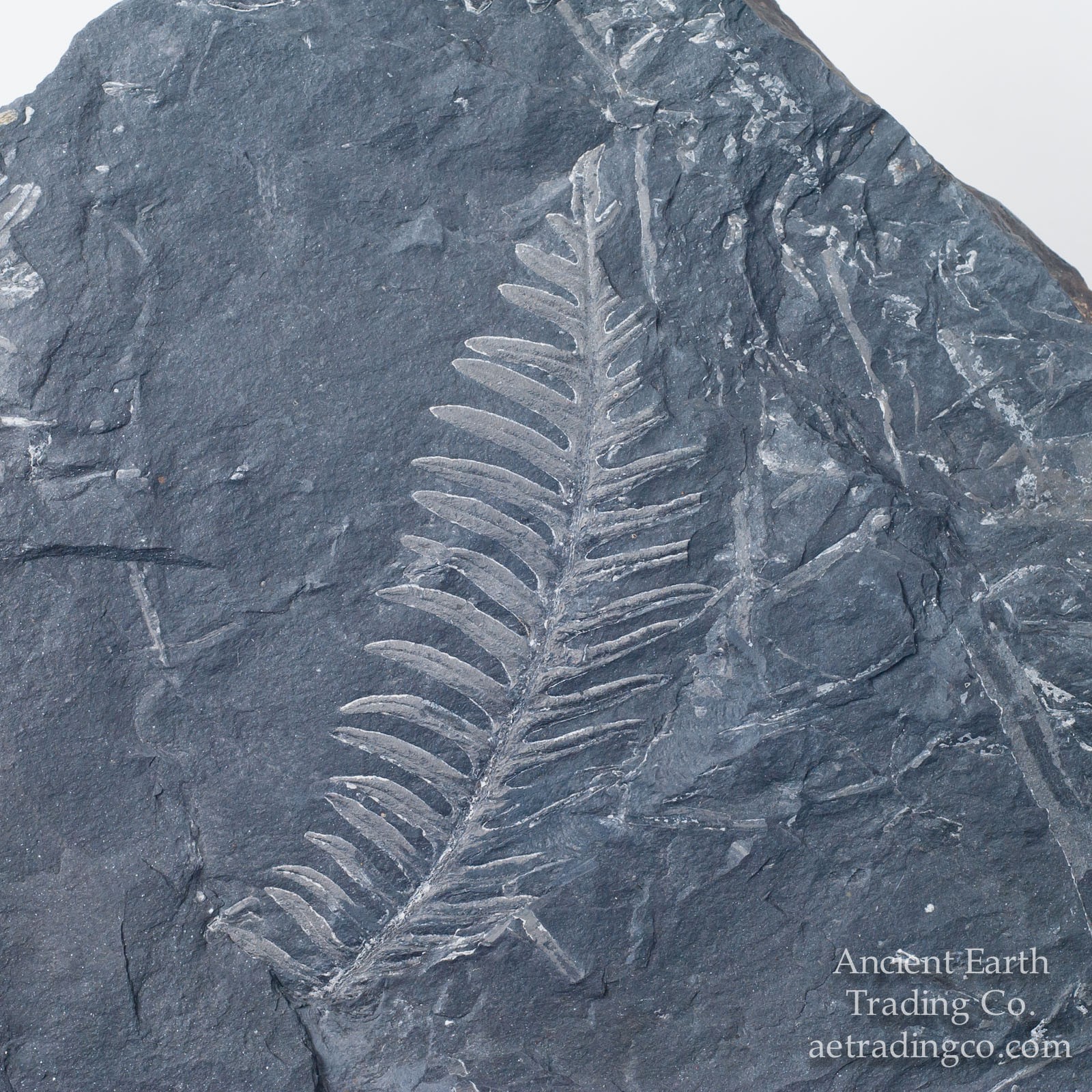What conclusion can scientists draw if there is a high level of carbon still present in a fossil?
1 Answer
Apr 26, 2016
Probably means that the animal or plant was buried rapidly and there was a lack of oxygen in the muds or sand it was buried in.
Explanation:
If an animal or plant fragment dies and settles to the bottom or a well oxygenated lake or marine environment it usually gets eaten up by scavenger organisms and/or decomposing bacteria. In this case, nothing is much left to fossilize.
However, if the animal or plant dies in the bottom muds or sand and are rapidly buried and there is a lack of oxygen there is more chance that the organism will become a carbon rich fossil. Fossils found in black shales are usually an indication that this was an oxygen deficient environment (termed "anoxic") at the time the organisms died. See pic.


